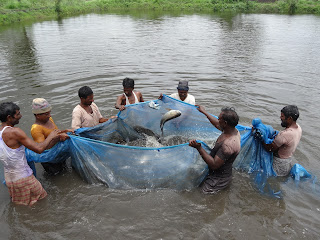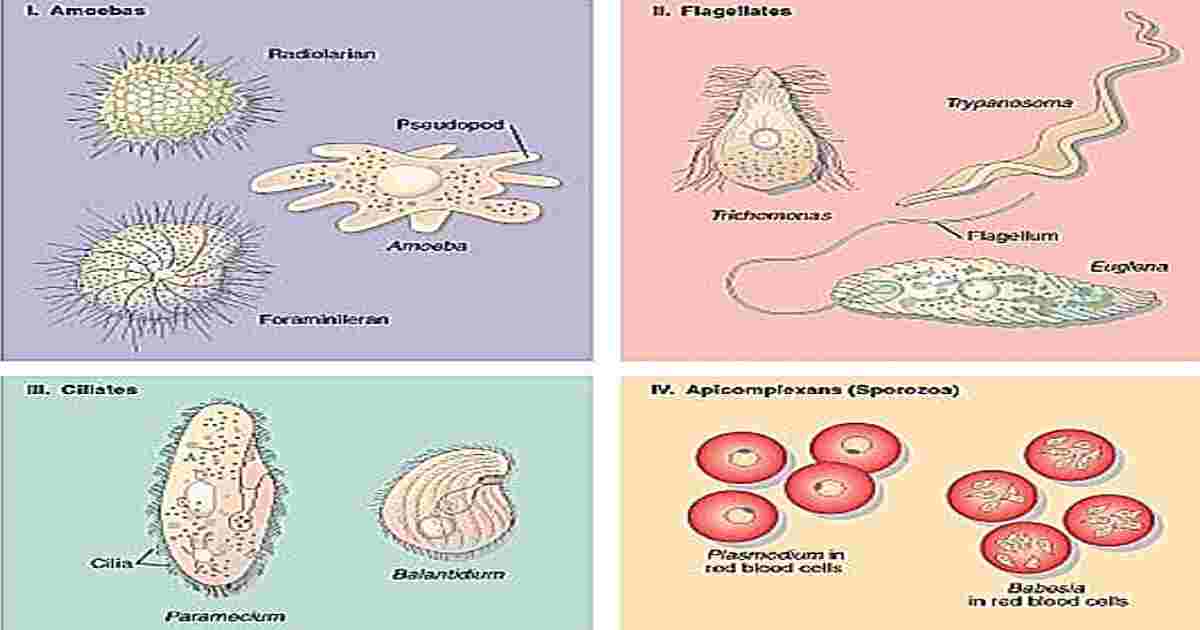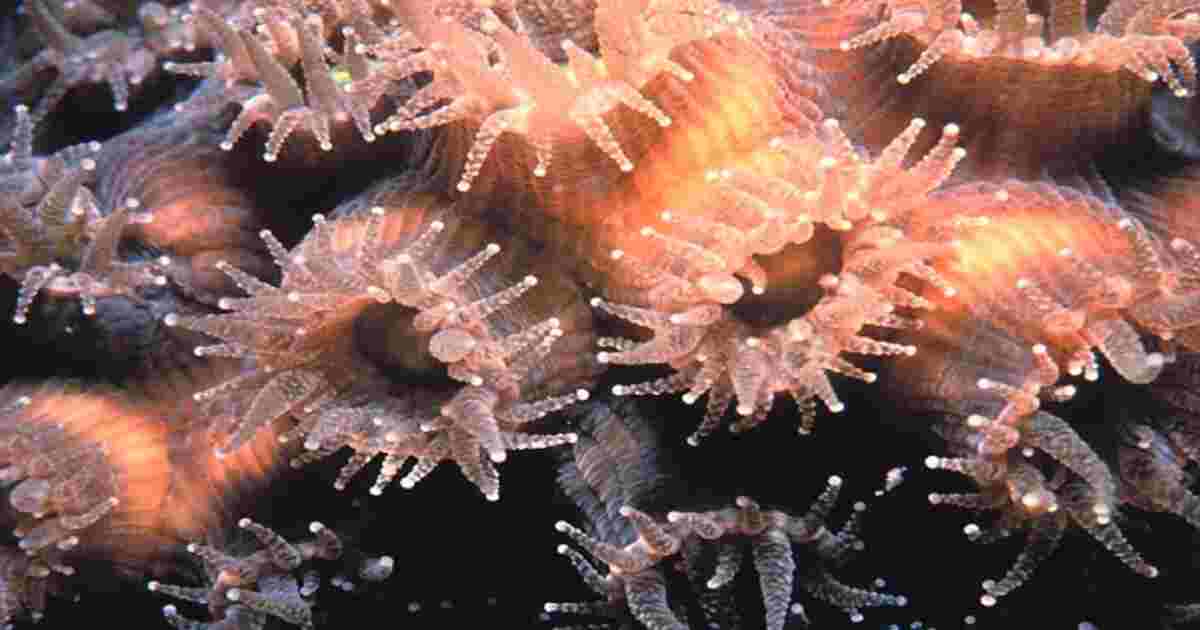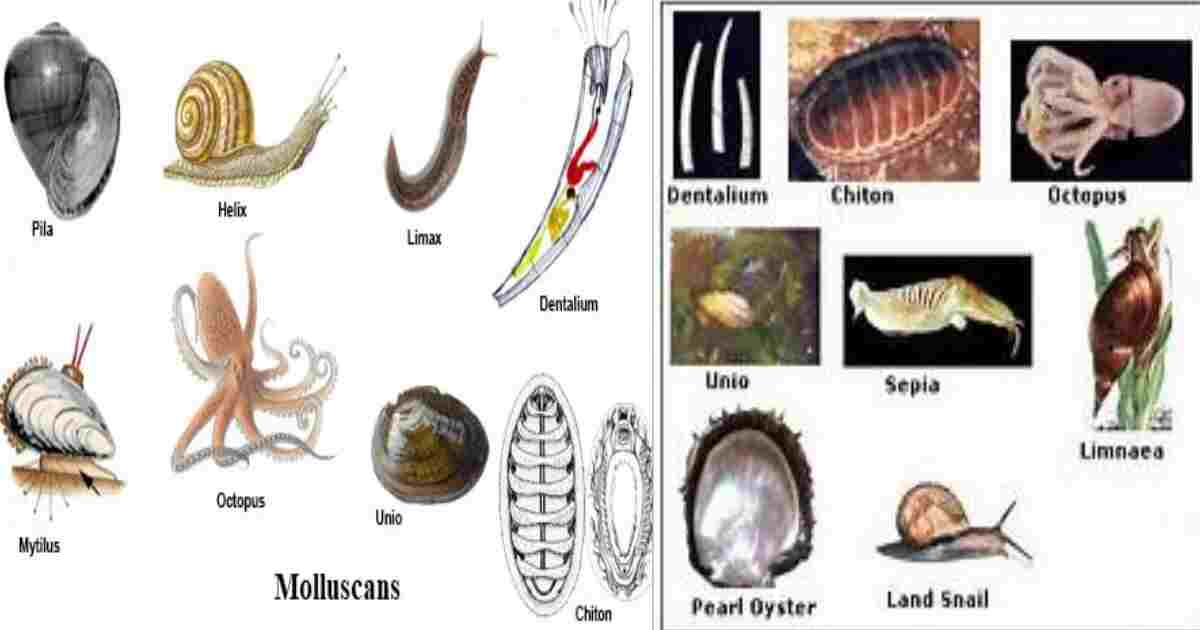Hemichordata: Characteristic, Classification and Examples
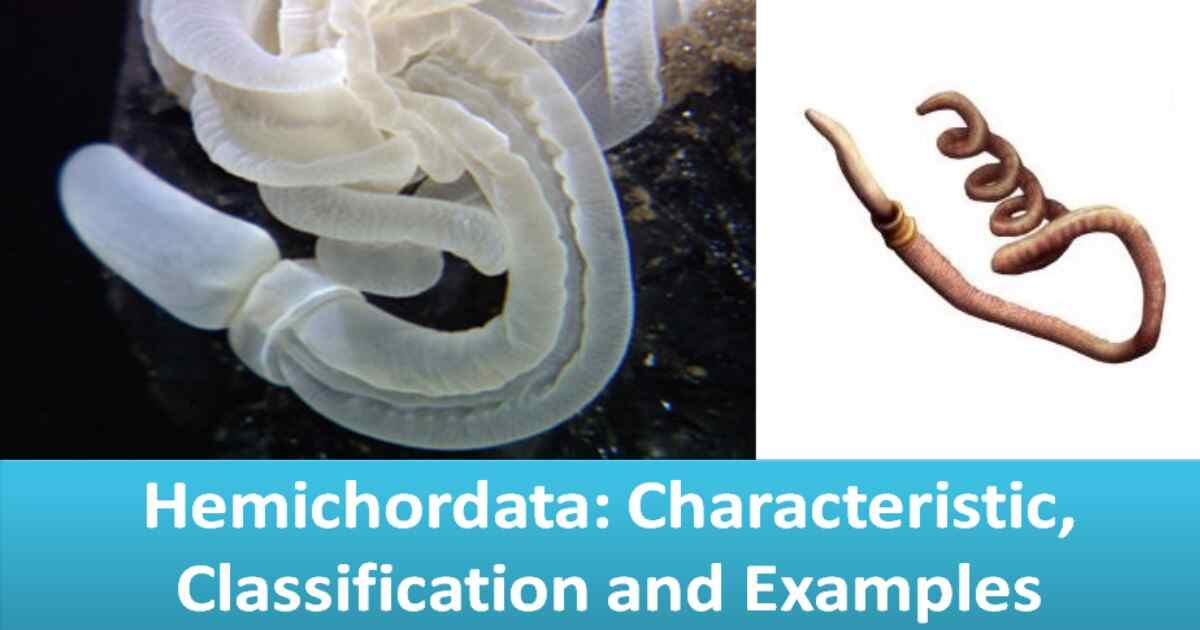
Hemichordata: They are tongue worms, which have been included for long as a subphylum or class of Phylum Chordata in the lower chordates or Protochordata, but now they are placed as an independent phylum of invertebrates, since their supposed affinities with chordates are doubtful. Hemichordata are a small group of marine, solitary or colonial, worm-like,…
Read More “Hemichordata: Characteristic, Classification and Examples” »



